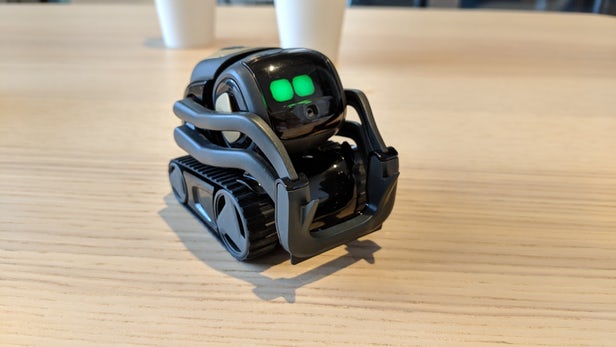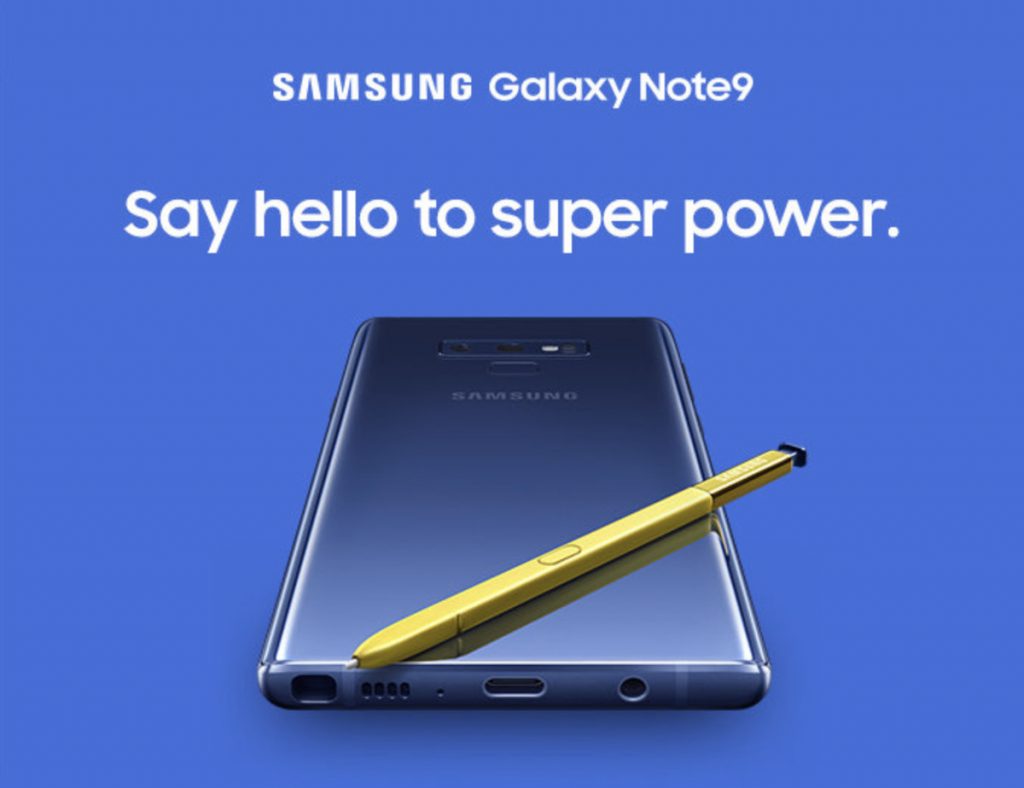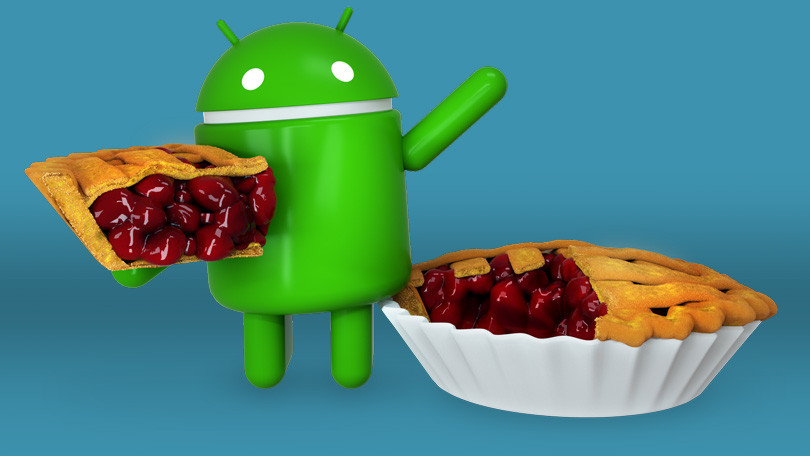Mozilla & Chrome Supports the Latest Transport Layer Security 1.3

It has been more than eight years, when the last version of TLS, i.e. TLS 1.2, was updated. TLS stands for Transport Layer Protocol and, is responsible for secure communication between web browser and the server. It took a long time for Internet Engineering Task Force to develop this new encryption protocol update, TLS 1.3. Late but nevertheless, it has come with high-security features and enhanced performance. It uses symmetric cryptography with faster the encrypted connections. Although it is a successor of TLS 1.2, it is loaded with more features.
1) Full Handshake Signature: The TLS 1.2 included a multi-steps communication thread added with renegotiations, that was completed in an average of 300ms. In the latest updated TLS 1.3, the data transmitted by the client to the server comprises the supported cypher, guesses key agreement protocol, key share and sent in one go, at which the server responds by negotiating the security settings, saving the number of steps in the communication thread making the communication faster.
2) Downgrade protection: The earlier version of TLS failed in the case of security as it came to be vulnerable to the downgrade attacks. A downgrade attack includes a middle-person in the client-server communication, who uses the weakest cypher supported by both parties to hack the data. In the TLS 1.3, the server automatically provides a key in the handshake process, the client or the middle-person has no authority to use any older forms of encryption.
Along with the speed and enhanced security features added to the TLS 1.3, it has eliminated a few features that were included in the TLS 1.2, like Static RSA handshake, Compression, Renegotiation, etc. Also, it has been already updated to a few famous browsers like Mozilla Firefox and Google Chrome. Even Facebook has already been using it for quite a sometime now.
Security is a must for the data sharing online. The TLS 1.3 claims to give the highest security for the client-server communication, avoiding any kind of vulnerability to the various exploits like SLOTH, Lucky 13, POODLE, CRIME, etc. The TLS 1.3 has been a bit late but is going to last more than 20 years due to its high-security measures and speed.

Yashica is a Software Engineer turned Content Writer, who loves to write on social causes and expertise in writing technical stuff. She loves to watch movies and explore new places. She believes that you need to live once before you die. So experimenting with her life and career choices, she is trying to live her life to the fullest.




